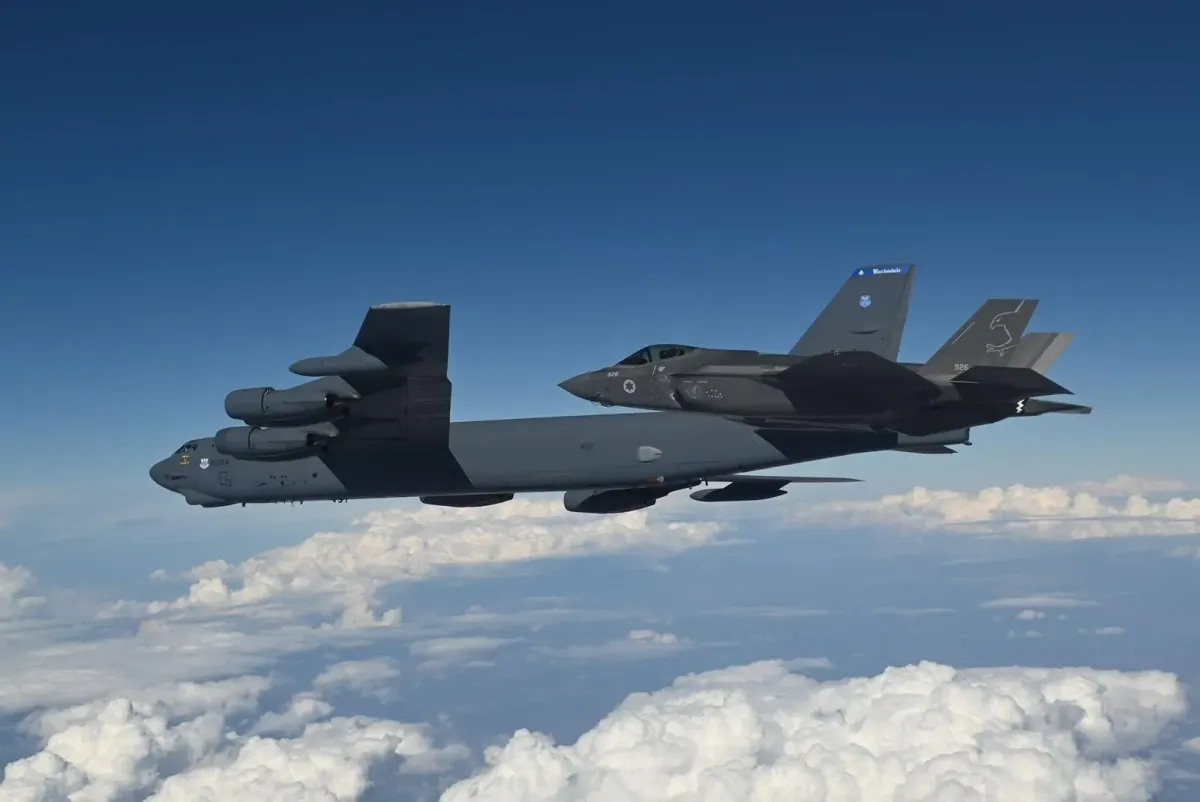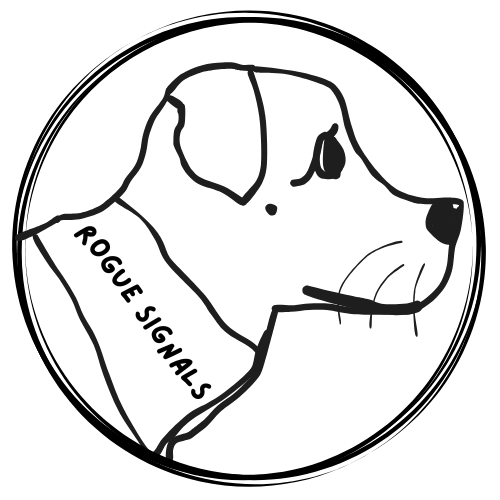Israeli Air Force Strikes Hezbollah’s Elite Radwan Force and Unit 4400 in Syria Amid Rising Tensions in the Region

TL;DR
The Israeli Air Force recently conducted precision strikes targeting Hezbollah’s elite Radwan Force and Unit 4400 facilities near Al-Qusayr, Syria. These operations are part of a broader campaign to disrupt Hezbollah's weapon transfer routes from Iran through Syria into Lebanon. With rising regional tensions, Israel's actions underscore its commitment to neutralizing Hezbollah's growing arsenal and maintaining security along its borders.
Israeli Airstrikes Target Hezbollah’s Weapon Storage Facilities in Syria
In a significant escalation, the Israeli Air Force (IAF) carried out precision strikes against Hezbollah’s military infrastructure near Al-Qusayr in western Syria. This operation targeted key weapons storage sites and command centers managed by Hezbollah’s elite Radwan Force and Unit 4400. These strikes align with Israel’s broader strategy to curb Hezbollah’s military capabilities, particularly focusing on Unit 4400’s network, which manages the flow of weapons from Iran through Syria to Lebanon. The series of recent strikes at critical border crossings between Syria and Lebanon further underscores Israel’s commitment to disrupting Hezbollah’s access to advanced weaponry, which it views as a direct threat to national security
The Strategic Role of Hezbollah’s Unit 4400
Hezbollah’s Unit 4400, often considered the backbone of its weapons logistics operations, plays a crucial role in transporting weapons from Iran into Lebanon, with Syria serving as a critical transit point. Unit 4400’s operations extend beyond simple logistics, involving a network of secure routes and covert arms caches positioned across Syrian and Lebanese territories. This unit's primary objective is to facilitate the transfer of missiles, drones, and other advanced weaponry that could potentially alter the balance of power along Israel’s northern borders.
Unit 4400’s logistics not only involve conventional weapons but also include precision-guided munitions (PGMs), which, if deployed, could allow Hezbollah to target critical infrastructure within Israel with unprecedented accuracy. Israel has, therefore, intensified its airstrike campaign across Syria, particularly targeting facilities associated with Unit 4400 to minimize Hezbollah’s growing arsenal. With these operations, Israel aims to prevent Hezbollah from amassing weapons that could be used in a larger regional conflict
The Radwan Force: Hezbollah’s Elite Fighting Unit
Israel’s strikes in Syria also targeted infrastructure linked to Hezbollah’s Radwan Force, an elite combat unit within Hezbollah designed for direct confrontation with Israeli forces. Named after Hezbollah commander Imad Mughniyeh, the Radwan Force is trained for high-stakes infiltration and guerrilla warfare operations specifically aimed at penetrating Israel’s northern borders. Known for its discipline and advanced tactical training, the Radwan Force is Hezbollah’s go-to unit for high-impact operations and forms the backbone of Hezbollah’s defensive and offensive military capabilities.
The Radwan Force has been a particular focus of Israeli military strategy, as this unit poses a formidable threat in border skirmishes and potential ground incursions. In recent months, the IAF has targeted several Radwan Force leaders in Syria and southern Lebanon, aiming to weaken Hezbollah’s military chain of command and deter cross-border attacks. The death of multiple high-ranking commanders within the Radwan Force has been seen as a major blow to Hezbollah’s operational structure, with the organization now potentially facing a shortage of elite, battlefield-experienced leaders
Ongoing Israeli Campaign to Disrupt Hezbollah’s Weapons Flow
Israel’s latest strikes are part of an extensive campaign that extends back several months, with IAF jets frequently targeting arms convoys and storage depots believed to be connected to Iran and Hezbollah. Israeli defense officials have repeatedly emphasized that Hezbollah’s growing arsenal, which includes sophisticated missiles and drones, constitutes an unacceptable risk. The recent targeting of multiple border crossings between Syria and Lebanon, including the Jusiyah and Qaa crossings, is an effort to disrupt these critical smuggling routes.
The Jusiyah crossing, which Hezbollah reportedly uses to funnel arms into Lebanon’s Beqaa Valley, was targeted by Israeli strikes last month, putting the crossing out of service. This tactical approach seeks to limit Hezbollah’s logistical flexibility, isolating remaining operational routes and reducing the volume of arms reaching Hezbollah in Lebanon. Israel’s strategy aims to enforce a form of containment, blocking Hezbollah’s resupply routes to reduce the risk of a future escalation or large-scale offensive
Regional and International Repercussions
The latest Israeli airstrikes have significant implications for the already volatile dynamics in the Middle East. While Israel typically refrains from publicly confirming its operations in Syria, this recent escalation underscores its determination to counter Hezbollah’s growing influence and Iran’s regional ambitions. Both Iran and Hezbollah have condemned Israel’s strikes, but neither has launched a direct counteroffensive, focusing instead on building strategic resilience within Syria and Lebanon.
The United Nations and several other international bodies have raised concerns about the potential for a wider conflict if hostilities continue to intensify in Syria. Israel’s approach, however, remains resolute. Defense analysts suggest that Israel will likely maintain, if not increase, its airstrike campaign against Hezbollah-linked infrastructure, with the goal of preventing Iran from further establishing itself as a regional military power through its proxy, Hezbollah.
Strategic Implications for Israel’s Defense Posture
As Israel reinforces its stance against Hezbollah’s military buildup, the risk of spillover into larger regional conflicts remains high. Israel’s airstrikes have effectively weakened Hezbollah’s operational readiness, but the continued presence of Iranian-supported infrastructure in Syria poses an ongoing challenge. The potential deployment of more advanced Iranian weaponry to Hezbollah could shift Israel’s defense calculus, prompting preemptive measures aimed at neutralizing these threats.
Israel’s ongoing campaign to dismantle Hezbollah’s logistical and command networks highlights a long-term strategy aimed at neutralizing Iran’s influence in Syria and Lebanon. By continually targeting critical supply lines and military outposts, Israel seeks to limit Hezbollah’s capacity for large-scale confrontation, safeguarding its borders against a potential northern incursion. With both Hezbollah and Iran keen on expanding their influence, Israel’s actions underscore a broader strategy to mitigate threats posed by Iranian-aligned forces across the Middle East.
